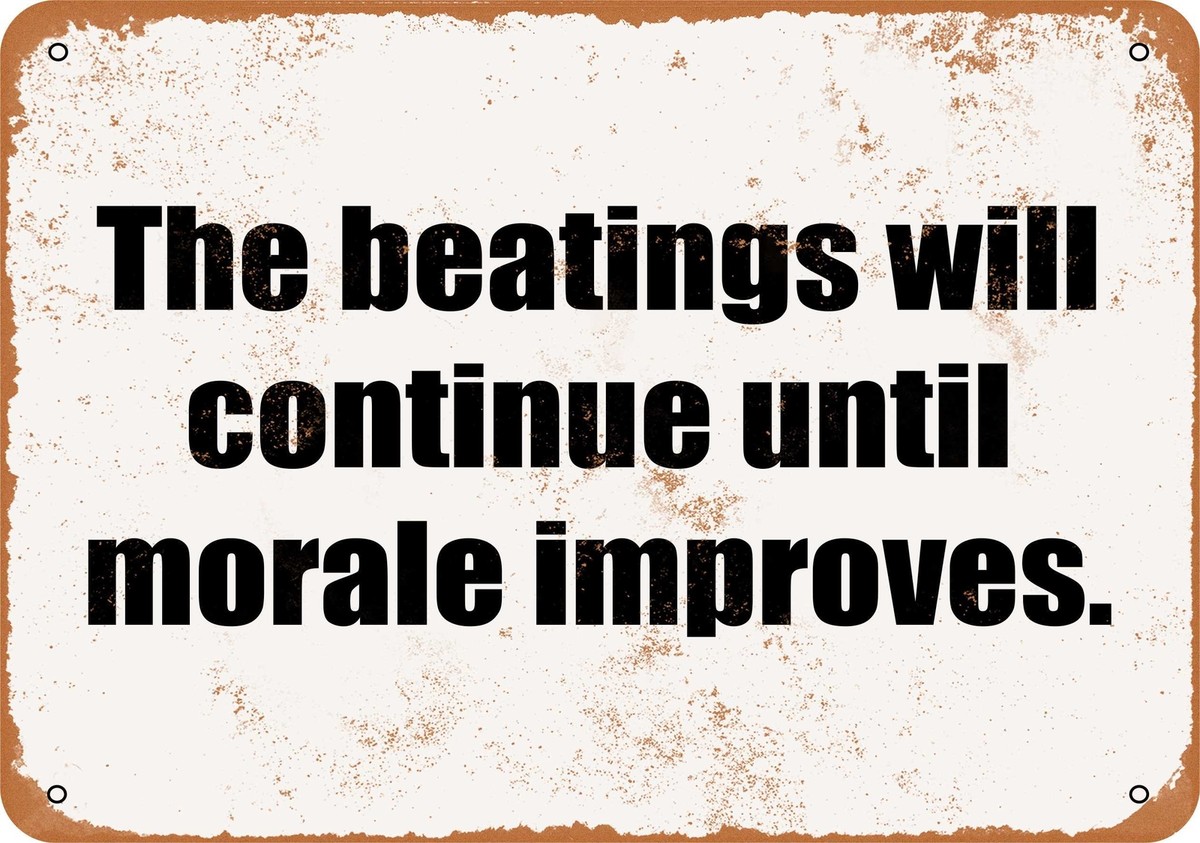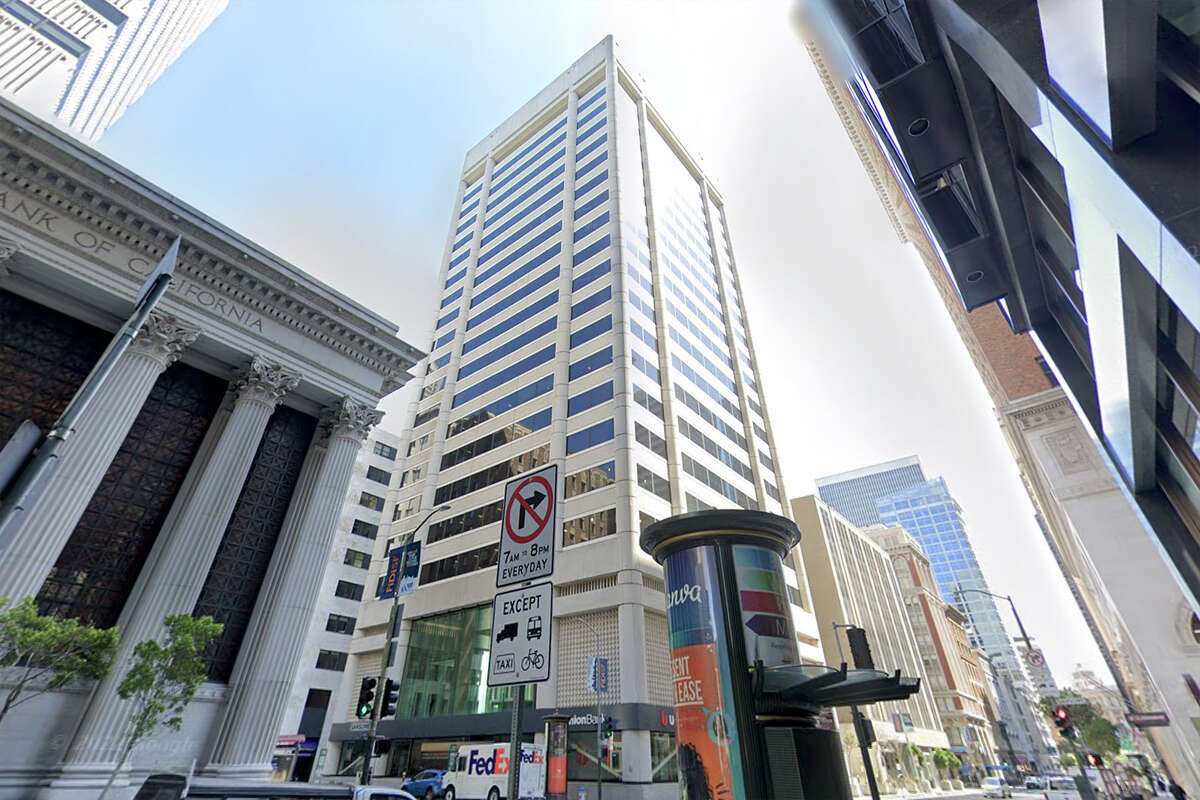Industrial Landlords Are Down– Now California Wants to Complete the Job.
California’s Senate Bill 789 is a vacancy tax pitched as a remedy for downtown degeneration. However tenants ought to ask: what happens when you exhaust the property owners out of existence?
The proposed expense would slap a $ 5 -per-square-foot yearly tax on commercial homes uninhabited for 182 + days , making it the initially statewide business job tax in the U.S. Advocates declare it will certainly press property owners to “turn on” blighted residential or commercial properties.
Let’s be straightforward– homeowner intend to rent their area. That’s never been the issue. What we’re really handling are the continuous side effects of a hybrid-first world, worsened by still-elevated interest rates. In that context, are we simply kicking commercial landlords while they’re currently down?
Continue reading, in this post you’ll discover:
- Why empty downtowns are draining city budget plans and fueling a cycle of decrease.
- Exactly how homeowner are currently hemorrhaging cash money trying to fill up area in a challenging market.
- Why The golden state’s job tax dangers making the issue worse, not much better.
- The actual market pressures behind openings that no tax can repair.
Downtowns Stuck in the Urban Ruin Loop
Empty space is not good for any person.
Property owners bleed cash money day by day. Nearby residential or commercial property values drop. And cities lose on their greatest earnings stream: property taxes
With high business vacancy levels, cities gather much less revenue. That means much less cash for road repair services, public safety and security, transportation, and cleanliness. As facilities crumbles and crime increases, more renters bail. The outcome? Less jobs. More closures. Decreasing tax rolls.
Allow’s be clear: midtowns are battling
This is the metropolitan ruin loop in motion– and cities overly reliant on property taxes as earnings are the most susceptible.
Take New York City City, which in 2025 real estate tax earnings was forecasted to reach $ 34 24 billion , making it the city’s biggest single source of tax obligation revenue (roughly 30– 40 % of the city’s overall revenue).
Boston, Chicago, and San Francisco are in comparable placements: extremely reliant on commercial real estate tax earnings that is running out.
And it returns to sky-high and consistent industrial openings prices :
- San Francisco: 36 6 %
- Los Angeles: 30 4 %
- Chicago: 27 5 %
“The longer space remains vacant, the harder it is to lease– and the even more damage it does to whatever around it.”
— Victor Calanog, Head of CRE Business economics, Moody’s Analytics
Can Landlords of Commercial Feature Give Any More?
Property owners aren’t remaining on space out of greed. They’re hidden under interest-only fundings , rising general expenses , and lessees working out for triple the typical pre-pandemic concessions simply to authorize a lease.
Greatly, they have currently tossed every tool they have at the openings problem:
- Three-way the normal lessee renovation allowances
- Approximately 12– 18 months of cost-free rental fee
- Buildouts tailored to the inch, also covering soft expenses
- Adaptable lease terms with heavy renewal alternatives
However, they are still battling to load room. So much to make sure that, it has actually largely become ineffective for them. Commercial property, which was lengthy thought of as a well-founded, financial investment, is now a falling short possession for the first time.

Several property managers are already in triage mode. Some are failing. Others are handing back secrets and leaving underwater possessions. In these situations, there is no more approach– it’s surrender.
Defaults and distress prevail:
- Almost one-third of all office CMBS fundings country wide are troubled
- In Chicago , over 75 % of CMBS workplace fundings are in distress
- In Los Angeles , repossessions have actually doubled since 2023
We’re encountering a systemic problem. While it’s clear that the empty space problem needs to be addressed, is an openings tax truly the right solution?
“You’re punishing proprietors that are doing whatever right yet still require 12 to 24 months to bring a room back on the internet,”
— Ed Sachse, President, KWP Real Estate
Commercial Job Tax
This brings us to the heart of the issue: The golden state’s Senate Costs 789 Suggested by State Senator Caroline Menjivar, the expense would enforce a $ 5 -per-square-foot yearly tax on business buildings left vacant for 182 days or even more within a calendar year.
At face value, the bill intends to “turn on” empty commercial rooms, fight financial decrease, and channel revenue right into the state’s “Dream for All” fund to sustain new home customers and address homelessness.
But the reality is even more intricate. Leasing commercial space in today’s market is neither quick nor inexpensive.
As an example, filling just one 5, 000 -square-foot office can easily cost homeowner upwards of $ 200, 000 in renter renovations, commissions, lawful charges, and city permits– and the process frequently takes 12 to 24 months in California’s extremely controlled cities.
“This would just drive more residential properties right into receivership and lower funding available to reposition them.”
— Victor Coleman, CHIEF EXECUTIVE OFFICER, Hudson Pacific Properties
Unintentional Repercussions of a Tax
In a market strained by high prices, long leasing cycles, and unprecedented challenges, a job tax threatens to aggravate– not address– the job crisis. If the goal is to restore downtowns and support industrial realty, policymakers need options that sustain property owners and renters alike, instead of punish those already fighting to keep the lights on.

Without that balance, the vacancy tax obligation dangers coming to be simply another blow in the urban ruin loophole, deepening job problems and eroding the financial lifeblood of California’s cities.
What We Picked Up From San Francisco
San Francisco’s openings tax supplies a sign of things to come for The golden state’s Senate Bill 789 Passed in 2020 and executed in 2022, it imposes fees up to $ 1, 000 per foot of street frontage after three years of openings– a hostile rate developed to compel homeowner to lease or offer.

Yet, the fact on the ground tells a various story:
- Less than 200 storefronts paid the tax obligation in its initial year , regardless of countless vacant residential or commercial properties, highlighting significant issues with compliance.
- Enforcement has actually been puzzled and irregular , producing uncertainty instead of clear incentives.
- Downtown continues to be cluttered with “For Lease” indications, indicating that the tax obligation has failed to meaningfully minimize openings rates
- Critically, the tax obligation leaves out the central downtown , the really area struck hardest by jobs, which weakens the plan’s core intent.
Additionally complicating matters, a 2019 financial effect report from San Francisco’s controller’s office honestly acknowledged that business jobs usually stem from variables past proprietor control, including:
- The eruptive surge of shopping , which completely improves retail need.
- Shifts in workforce behaviors, particularly the rise of remote and hybrid job reducing workplace needs.
- Zoning laws and permitting hold-ups that impede rapid repurposing or redevelopment of spaces.
These forces, not property manager greed or oversight, are the primary chauffeurs of job– and no tax obligation can merely bypass such deep architectural difficulties.
San Francisco’s experience shows that openings taxes, while politically enticing, might just include one more layer of economic pressure on homeowner already stretched thin– without resolving the root causes.
The vital takeaway? Without nuanced policies that tackle market commercial vacancy realities and governing barriers, openings taxes risk coming to be symbolic gestures that do more damage than good.
Occupant Takeaways: Job Tax Obligations Do Not Load Area– They Diminish Possibility
-
Openings tax obligations will not fix long-lasting jobs.
The suggested tax targets business residential properties uninhabited for more than six months in a fiscal year — but does not deal with the true reasons behind long term vacancies: crossbreed job, allowing hold-ups, and absence of lessee need. -
Greater taxes = fewer lease alternatives.
Property owners already face rising operating expense and cratering residential property worths. An yearly tax obligation on vacant business buildings might push much more landlords into default, leaving less sensible commercial structures on the market. -
Vacant storefronts do not indicate careless property owners.
In places like San Francisco, numerous vacant industrial buildings remain so because of bureaucracy– conditional use permits, planning commission delays, and intricate city processes. Penalizing landlords won’t increase renting if lessees can’t navigate city processes either. -
Taxing property owners implies taxing the market.
When property taxes and openings charges increase, so do higher rents. Small businesses and office occupants birth the brunt– especially in neighborhood commercial areas hit hardest by retail openings and diminishing tax obligation income. -
You can not enact demand.
Empty commercial area is often an indication of economic rubbing, not passiveness. Unless property need returns, these taxes won’t generate leasing– they’ll just make uninhabited buildings much more toxic. -
Look for unintentional consequences.
The tax obligation enthusiast may come for properties uninhabited because of all-natural catastrophes, sluggish ecological testimonials, or legal disagreements. And applying a square foot or straight foot metric– without subtlety– can set off takings stipulation concerns over fair use and possession civil liberties.
Bottom Line:
Whether you rent office space or operate a store, bear in mind: a tax obligation that penalizes empty properties doesn’t load them. It reduces supply, boosts danger, and threatens to increase the commercial real estate collapse– especially in core markets like San Francisco
The marketplace is evolving quickly. Remain on top or get left. Obtain the most up to date CRE info delivered to your inbox.
